Consumer Electronics Everywhere: Updates from CES & Macworld
Wednesday, January 10th, 2007Yesterday was a huge day (probably the biggest of 2007… just 9 days in) for the announcement and release of Consumer Electronics, as we teased yesterday, at CES and Macworld Conference & Expo.
Of course, Apple takes the cake with three of the biggest announcements of the day:
The release of Apple TV which brings iTunes Store purchased music, television shows, and movies (over 350, now including many from the Paramount vault) to the big screen via your wired or wireless network.

The introduction of the iPhone, a product which will foreseeably revolutionize the mobile phone market. WIth over 200 individual patents to its name, when its released in June, the iPhone will be the most technology advanced mobile phone on the market featuring a full blown operating system, multiple wireless connection technologies (Quad-band GSM, EDGE, 802.11b/g, & Bluetooth 2.0 w/ EDR), and a huge 3.5-inch screen that utilize new multi-touch display technology.
The announcement that the company would know be known as Apple, Inc. rather than Apple Computers, Inc. While meaningless to most techies, the name change is akin to Apple screaming, "Bring it on" to consumer electronic juggernauts such as Sony, Motorola, or Nokia, representing its transition to a consumer electronics company and a willingness to take on a new industry.

Back at CES, Satellite Radio company Sirius announced, according to Sat Radio blog Orbitcast, that Dodge will be offering Sirius Backseat Television in some 2008 models. With multiple zones, Orbitcast notes, the Dodge set-up allows the driver to listen to the raunchiest bits of Howard Stern while the kids watch Spongebob. Coolness!

For those looking to watch TV themselves, The New York Times featured an article Monday about another major announcement from DirectTV, Sat-Go, which allows you to watch satellite TV anywhere. With an interesting genesis, partially invented by the man who produced CHiPS and The New Hollywood Squares, its a product that sure to be a huge hit in the right markets, even if there have been less elegant solutions in the past.

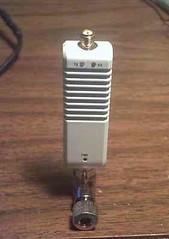 This rocket scientist has recently discovered the joys of a
This rocket scientist has recently discovered the joys of a 
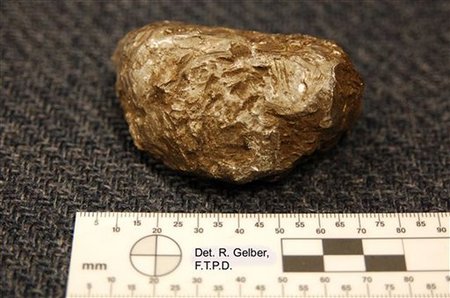
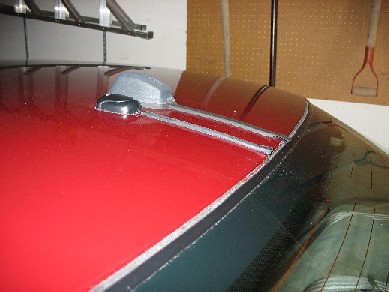

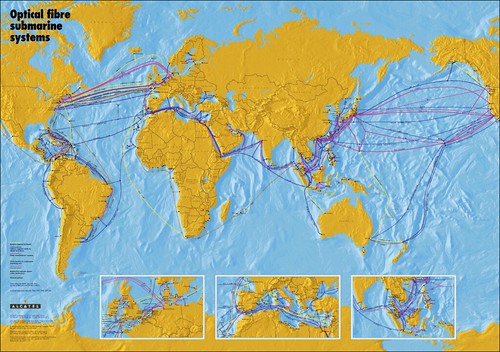
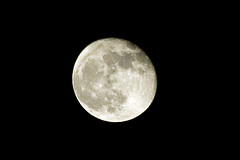 Is 2007 going to be the year of the moon?
Is 2007 going to be the year of the moon?